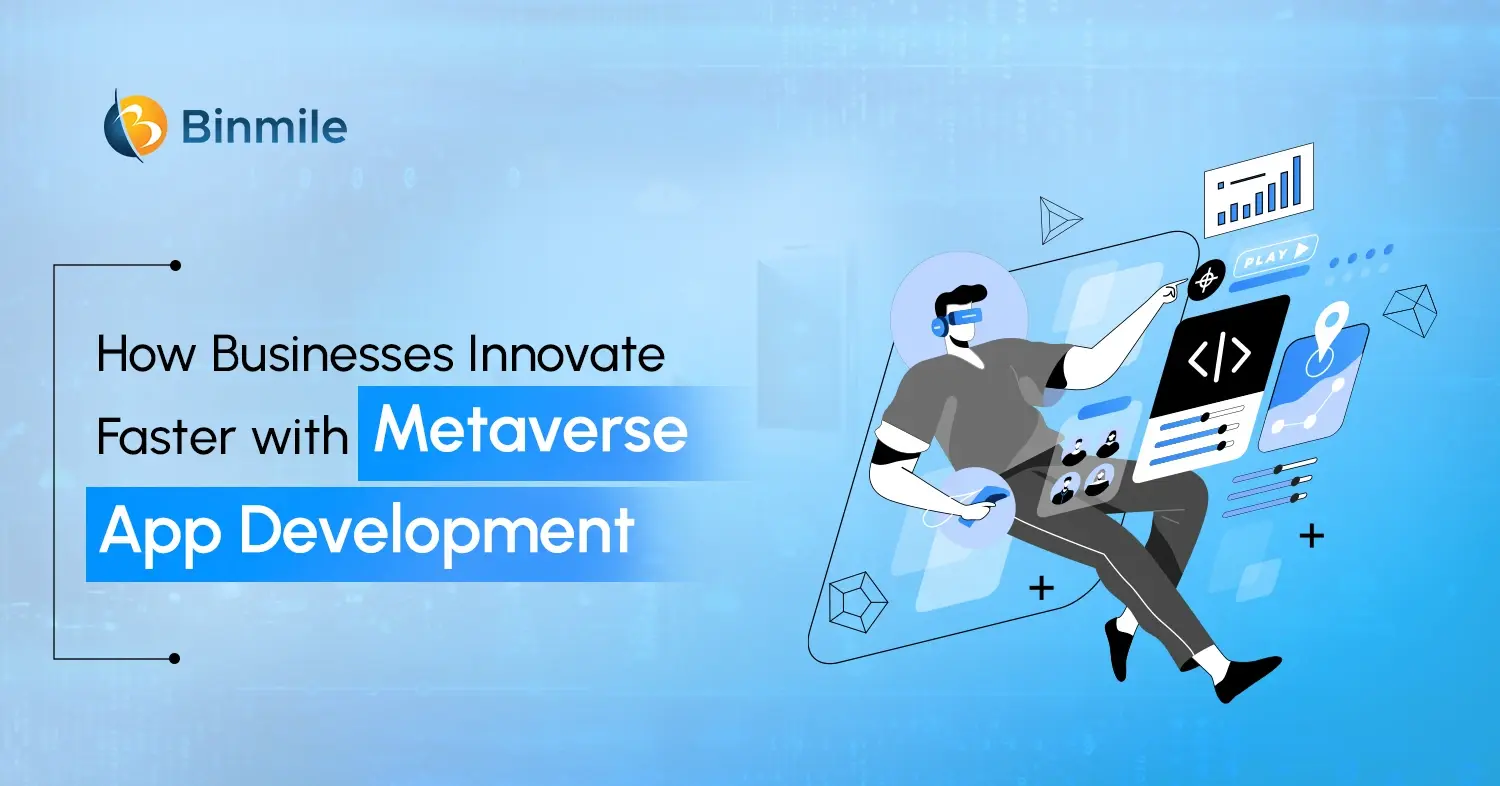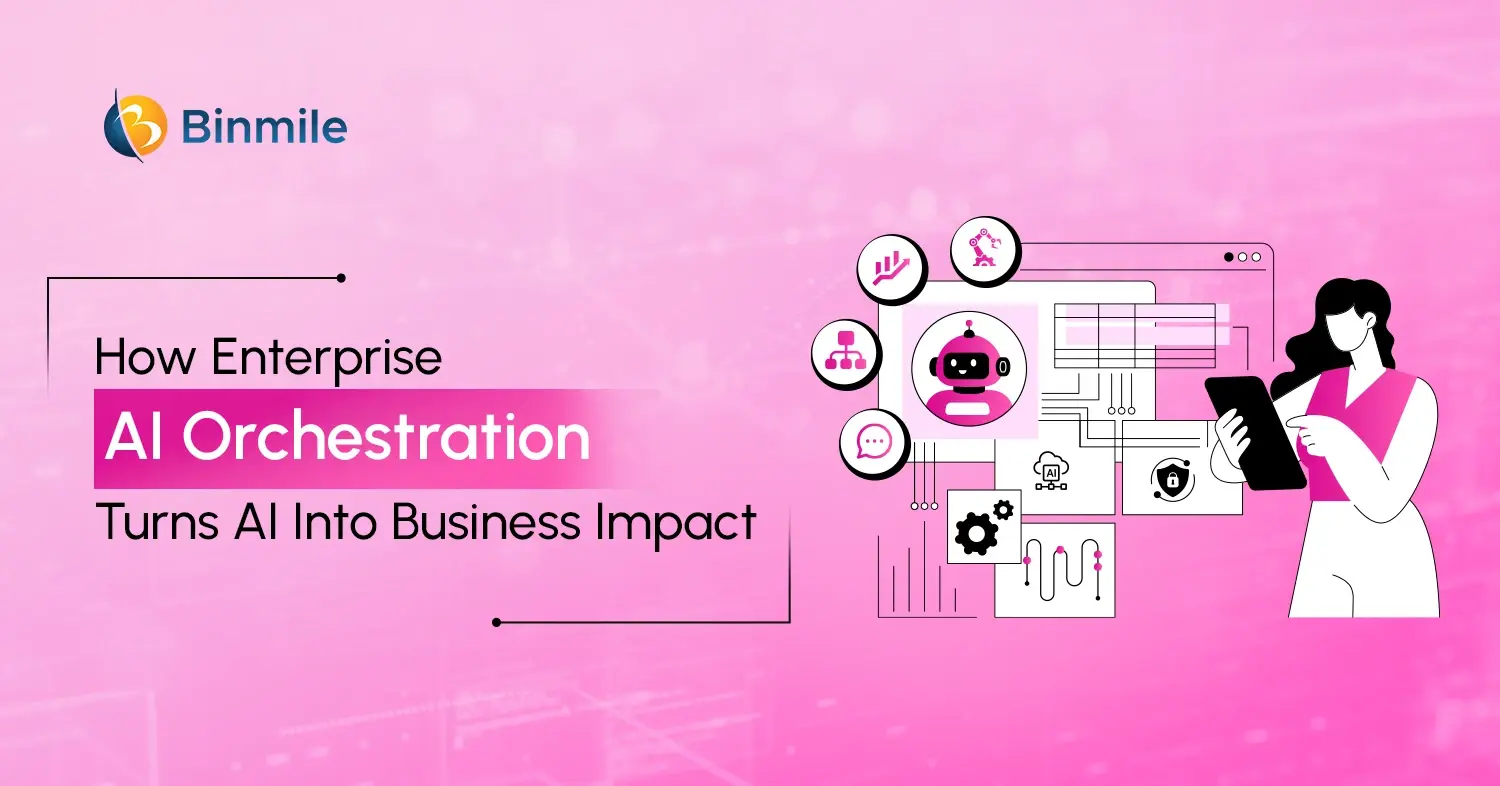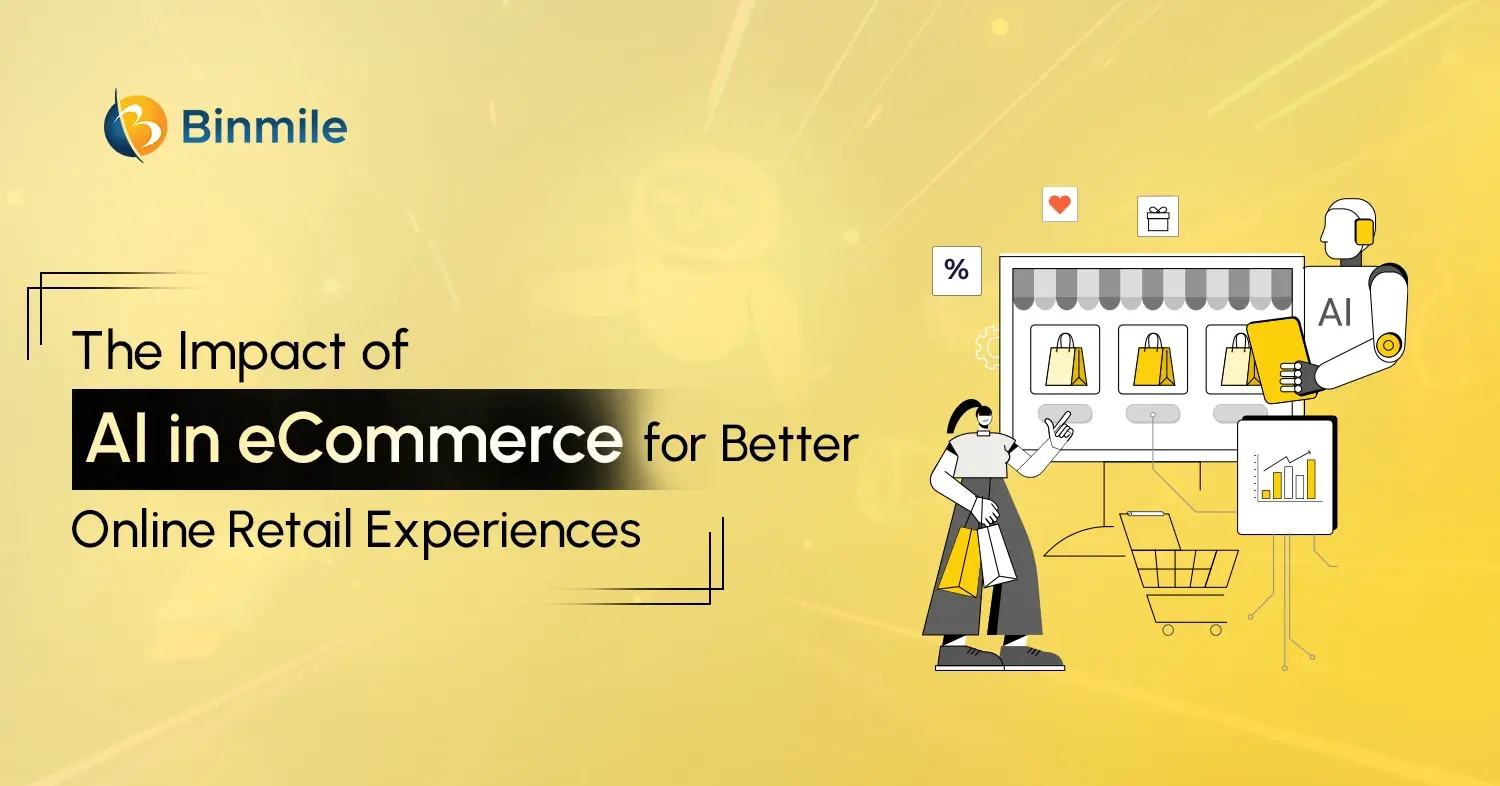A programming language is a collection of different instructions, commands, and codes to design a software program. Developers mainly use these languages to develop the software, and that’s why it can’t be ignored. Also, it is difficult to choose between the two programming languages, Java and Python; both are at their peak in the war of competition. Python is constantly improving, while Java is used in substantial organizations. Both languages perform their jobs well, but some microscopic features distinguish them.
In this blog, Java vs Python for digital products will show the fundamental differences to business enterprises interested in having digital products for winning the competition.
Java vs Python: A Candid Comparison
Java is the high-level programming language comparable to C++, but it’s a program-oriented language. And it is made with the aim to write-once-run-anywhere language, with zero needs and bugs possibly. Dynamic and general-purpose programming language. It is an essential option for rapid application development, courtesy of built-in data structures combined with dynamic binding and typing. Python cuts the cost of program maintenance.
One of the advantages is how the interpreter and resource library are accessible for free for Python. Therefore, it becomes an excellent option for anyone not eager to invest too much in development costs. And Python has fascinating actual-world applications. As both these programming languages are market heads, a few technical evaluations will shed better light on how they are dissimilar from each other. Below are the limits to consider for a difference between Java and Python.
Popularity
Both the languages have constantly clashed because of popularity. After the introduction of JavaScript, there is a close battle between the two for the best spot.
Python was known as the fastest-growing programming language after ranking C++. Java shown as a popular choice by several developers, even the gap between both languages had shortened significantly.
Syntax
Python is a very dynamic language. While typing, a developer doesn’t have to input the variable quantity. These are input at the runtime. And it makes Python so easy language, nearly comparable to English.
Another factor of comfort with the language is that it didn’t follow hollow rules or enclosure braces. The outcome is a language that is beginner-friendly and simpler to read. Java is completely opposite in such a manner. Also, it has very strict syntax rules, where you require to type in all the variables, and there must be an error or difference in the code that the program won’t. For example, in Java, define a block or technique with several lines and put the lines inside of curly braces. In comparison to Python, let’s an indentation for writing blocks with different lines as well.
Performance
Java and Python are run by collecting the bytecode and running on virtual machines. It makes both languages cross-platform, with no other operating system changes. It can be shown that both have the same performance, but there are some essential changes between the two.
Java is categorized by static-typing syntax. And gather syntax easier and faster than dynamic-typed syntax. Less prone to errors and marks the platforms that are meant to be improved. Java also comes under the Just-in-time (JIT) compiler. Such devices compile the bytecode into the native machine, due to which the compiled code can be directly called. This function mainly adds to the speed and effectiveness of the language. However, Java codes are quite long, and can it isn’t easy to understand. Whereas Python code is managed during the compile-time, and it has occurred when the variables are measured. The code input in dynamic-type syntax is not as agile or verbose to fulfill every platform.
Subsequently, Python is tested generally during the runtime, and any issue in the program can keep the whole application on hold. All these variables were collected and led to reduced efficiency along with the speed of language. Sometimes differences between Java and Python can come out to be very substantial. A simple binary test runs ten times much faster in Java than Python. Java vs Python debate will continue until to come to making a decision.
Also Read: Python Or Java For Enterprise Applications
Summing Up
Both languages come with loads of features and attractions. Picking the best is always tricky due to lots of factors. You can take help from a web app development company to decide which language (Java vs Python) is suitable for you and your digital products.
Python is great for new programmers, sharing code with others, and getting ideas down fast due to its readability. On the other hand, Java is an older language, but it is easy to use with many libraries.
Frequently Asked Questions
JavaScript vs Python serve different purposes in programming. JavaScript is primarily a client-side scripting language used to create interactive web applications, while Python is a general-purpose language known for its simplicity and versatility. JavaScript runs in browsers and is essential for front-end development, whereas Python is widely used for back-end development, data science, artificial intelligence, and scripting. JavaScript has a steeper learning curve for beginners due to its asynchronous nature, whereas Python’s syntax is more beginner-friendly. The choice depends on your project focus—web interactivity or broader programming needs.
JavaScript vs Python: JavaScript is primarily used for building dynamic and interactive web applications, front-end development, and server-side programming with frameworks like Node.js. Python excels in data science, machine learning, backend development, automation, and scientific computing due to its simplicity and extensive libraries.









